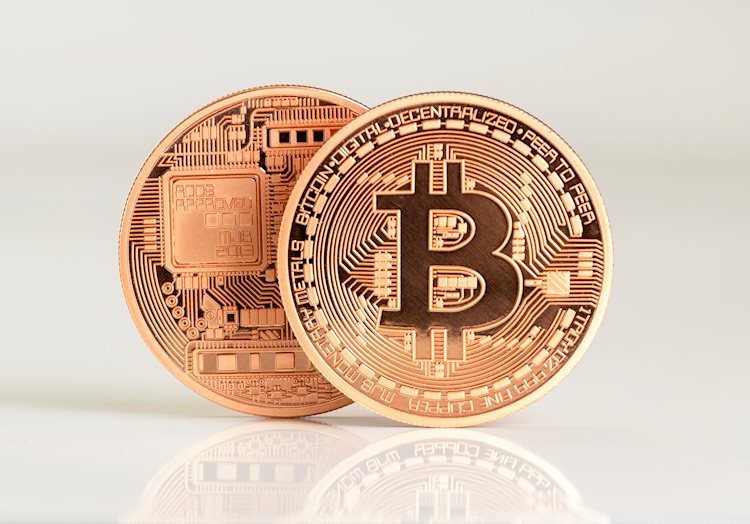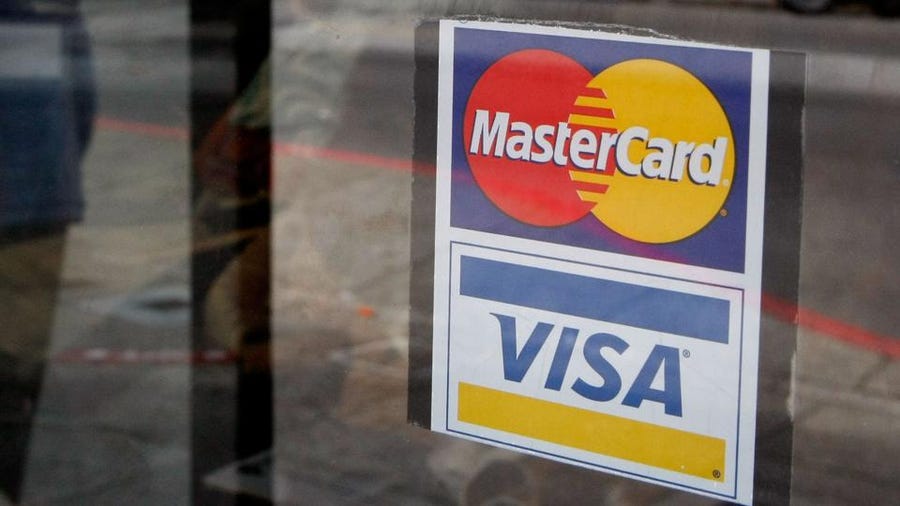
The United States Securities and Exchange Commission continues delay in making decisions about Bitcoin (BTC), exchange-traded funds. Two new deadline extensions notices have been issued.
The SEC delayed two major Bitcoin exchange-traded offerings proposals on Wednesday. These included NYSE Arca’s ‘actual’ Bitcoin ETF Trust named Bitwise Bitcoin ETP Trust and Grayscale Bitcoin Trust’s Bitcoin ETF.
Now, the SEC expects to make a decision on whether Bitwise’s BTC ETF or Grayscale’s BTC ETF will be approved or disapproved.
“The Commission considers it appropriate to give the Commission a longer time period to act on the proposed change to the rule, so it can have sufficient time to review the rule change and respond to any comments,” the SEC stated in both notices.
Bitwise Asset Management applied for a physical-backed Bitcoin ETF in October 2014. This was to give exposure to actual Bitcoin and not derivatives such as Bitcoin futures, or any other indirect exposure. In November, Bitwise Asset Management dropped its Bitcoin futures-based ETF application. Many of these products were being launched in the United States.
Grayscale, the largest Bitcoin fund in the world, has total assets under management of $45.6 billion. On Oct. 19, the company applied for an ETF to convert its flagship Bitcoin product.
This latest news is coming amid the SEC maintaining its strict stance on crypto ETFs. However, the SEC approved a variety of industry ETFs with indirect exposure to cryptocurrency. After delaying a June decision, the SEC rejected WisdomTree’s sport Bitcoin ETF in December.
VanEck’s physical Bitcoin ETF was rejected by the SEC in November. VanEck is one of the first companies to file for a Bitcoin ETF. However, the company decided to trade a Bitcoin futures ETF on the Chicago Board Options Exchange.




